Pibo (披帛, pī bó), traditional Hanfu shawl, made from light fabric silk, although now the Hanfu enthusiasts accustomed to call it Pibo, but the name "Pibo" actually appeared later, about the late Tang Dynasty, more often it is called Pei (帔, pèi).

So how has Pei changed over its long history, and what role has it played? Follow along with Dongfang Zhuangdao to find out more.
Traditional Hanfu Shawl Pei before the Song Dynasty
Pei, a long silk shawl worn by women in ancient times, is thought to have originated during the Qin and Han dynasties, the more accepted theory is that it was influenced by Buddhism and Metaphysics and originated from the Dajin (搭巾) worn by figures in statues.
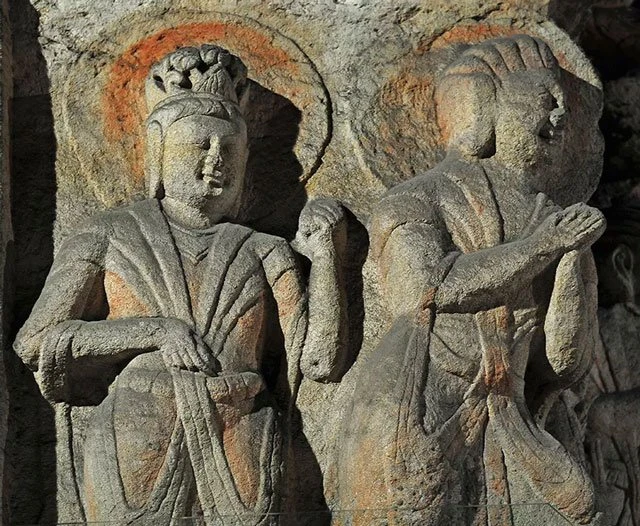
Buddhist statue wearing Dajin
Since the beginning of the Northern and Southern Dynasties, in the context of ethnic integration, social unrest, the prevalence of Buddhism and Metaphysics, women's dressing shows a free and unrestrained, imaginative posture, Pei light and elegant also meet the women's pursuit of dynamic posture, really began to be popular.
The name of traditional Hanfu shawl Pei
Pei is really popular in the Sui and Tang dynasties, earlier it was more called "Ling Jin (领巾)", "Pei Zi (帔子)", and also called "Xia Pei (霞帔)" and "Luo Pei (罗帔)" in ancient poetry. After the late Tang Dynasty, this traditional Hanfu shawl called "Pibo (披帛)" or "Peibo (帔帛)", this name is mostly found in the literature of the Five Dynasties, And now, it is also used nowadays to distinguish it from the flat-spreading Xiapei after the Song dynasty.
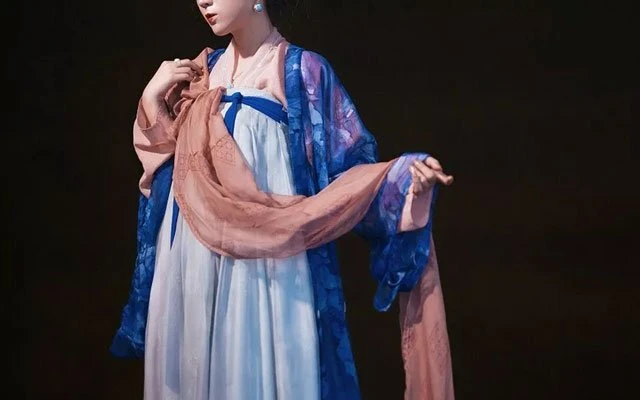
Pibo in modern Hanfu
The style of traditional Hanfu shawl Pei
The Pei of the Sui and Tang dynasties, often made of thin gauze, or dusky colors, depicting patterns, or pasted gold and silver tracing, but also on the two sides of different colors, between colors, embroidery, and other styles. At that time, the Pei have no clear clothing system requirements, and no real purpose, but only for decoration.
In terms of handed-down painted and frescoes, there were probably two forms of Pei at the time.
- The first type was wider but shorter in length, and was worn over the shoulders, similar to the wide shawls commonly used by women today.
- The other is narrower and can be more than two meters long, and women often wear it around their arms, like dragging two ribbons behind them as they walking, this style was very common in paintings and was used until the Northern Song Dynasty.
In the Tang Dynasty, this style of Pei was initially used for imperial concubines, female singers, and dancers, and after the Kaiyuan period, it was popularized among the people, regardless of their status, you can use it. Obviously, since then, Pei has officially entered into the life of women, although not yet into the clothing system, but it has become a kind of clothing custom.
How to wear traditional Hanfu shawl Pei
The wearing of Pei in the Tang Dynasty was also more casual.
The Pei in the paintings of the early Tang Dynasty are shorter than those of the later period, and are often worn around the shoulders and back on the arms. The most common style in the late early Tang Dynasty is to tuck one end of the Pei into the waist of the skirt, while the other end drapes freely around the shoulders and back. At this time, the Pei was relatively wide, nearly as wide as the waist. Its length, with reference to the records of Dunhuang documents, probably one and a half to two meters above.
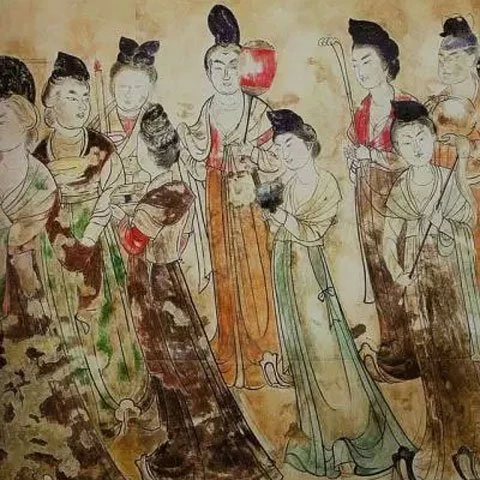
Wall paintings from the early Tang dynasty
After the flourishing Tang Dynasty, the style of dress more extravagant and luxurious, the width of the traditional Hanfu shawl narrowed, and the length became longer. Another common form of wearing Pei after the formation of the Tang Dynasty, mostly for aristocratic women: both ends of the Pei are draped over the left-hand side, with one end naturally hanging between the arm and the body, and the other side over the shoulder and back, and in front of the body on the left arm, presumably for ease of movement.
The most convenient way to wear a Pei is naturally around the shoulders and back, with the ends naturally hanging down in front of the body. There are numerous female figures associated with this type of Pei form, from the Northern Dynasty to the Song Dynasty. There are also those that bend the shawl in front of the body and drape the ends behind it.
The wearing method of Pei is only a guess from the handed-down paintings, but can see that the Pei were free to use without restriction, showing natural beauty.
Song dynasty can be said to be the transition of the Pei, different from the Tang dynasty's freedom to wear Pei, after the Song dynasty, the Pei gradually to flatten, hanging, the direction of the rules change. In the early Northern Song Dynasty, similar Pei is still used in the previous generation, which is gradually replaced by the Xiapei and the folk's Zhipei (直帔) in the dress regulations. Gradually, the Pei withdrew from the women's daily wardrobe.
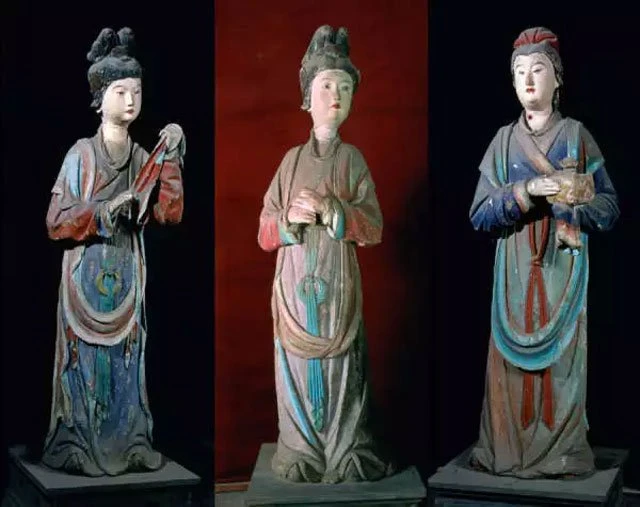
Colorful sculptures of the Northern Song Dynasty
Traditional Hanfu Shawl Pei after the Song Dynasty
Among the ancient Chinese costumes, the most exquisite is the emperor's "Mianfu" and the "Fengguan Xiapei" of women. In the long process of clothing development in Chinese civilization, there is a phenomenon that the daily clothes of previous dynasties are turned into formal dresses after a few years, and this is the case of traditional Hanfu shawl Pei.
Pei in the Song Dynasty
Since the Song Dynasty, Pei has gradually become an identity label and is classified into the ranks of rituals, compared to the free dressing of the previous dynasties. In the Song Dynasty, the dresses of noblewomen still follow the Sui and Tang clothing system with wide clothes, big sleeves, and gorgeous ornaments, but in the regular clothing of women and noblewomen in general, slender is the standard of beauty, which is very different from the Sui and Tang Dynasties.
Influenced by this aesthetic trend, the Pei's cloth width also gradually became thin and narrow. From the paintings of figures at that time, female Pei is often tightly wrapped around the upper part of the shoulder and back, with two long floating bands hanging down.
Song dynasty documents recorded that: there is ten women's dance team in the court, dancing will wear green Xiapei, purple Xiapei. The dancers wear "Xiapei", which should be a Zhipei style, the shape inherited from the Tang Dynasty style of Pibo, and can be moved with the body posture of the dancers. The shape of Xiapei, at that time, was two brocade satin draped over two shoulders, with the lower end hanging in front of the body and the end connected to a pendant to keep the brocade flat.
Song Xiapei is also known as "Xiabei (霞褙)", mostly showing a static posture, symmetrical on both sides, with the lower end hanging flat, to show demure. Song Dynasty women must have a certain status to use Xiapei, otherwise, they cannot wear it casually. And as we are common in TV dramas on the emperor's reward "Fengguan Xiapei" plot.
However, in the Song Dynasty, the specifications of Xiapei are not as high as in later dynasties, and the noblewoman uses Xiapei for their formal dress accessories, while the imperial concubines only wore Xiapei as their unformal clothes accessories. Evidently, although only noblewomen with class status could use Xiapei, it was not included in the formal dress and was equivalent to a "privileged".
Pei in the Ming Dynasty
However, in the Ming Dynasty, the feudal imperial power went to the peak, and the clothing system became more strict, the combination of Fengguan and Xiapei became a fixed form of noblewomen's formal dresses, Xiapei really stood at the top of the female clothing, and became a social etiquette. So what is the specific form of the Ming Dynasty Xiapei?
The Ming Dynasty, as a Han regime immediately following the minority regimes, reverted to the Tang and Song dynasties in terms of the basic style of women's clothing. The style of the Xiapei has not changed much, but the regulations are stricter and the material is heavier. Each custom-made Xiapei is about 11 cm wide and about 190 cm long, which are two thin brocades similar to the long silk shawl used by women today, fixed from the back hem of the Dashan (大衫), and draped over both shoulders, up to the front of the body, with jade or gold or silver pendants hanging from the bottom.
Since it is part of the uniform system, the Xiapei worn by women of different grades will definitely be different to show their status and position. The Dashan and Xiapei of the Ming Dynasty were wide and dignified, and only worn on very important occasions. In handed-down paintings, you can see Dashan and Xiapei in formal portraits of noblewomen in formal dresses, and only thin Zhipei in portraits depicting everyday scenes.
The noblest Xiapei found so far is the "Golden silk and pearl Xiapei" from the two empresses of Ming Wanli Emperor in Dingling, Beijing. It is made of gold fabric, with gold thread on both sides, with pearl plum-shaped gold ornaments on the band, plum blossoms are cut from gold pieces, the front of the flower loop out of the plum petals, the petals paved with jade, the center is adorned with a pearl, very gorgeous. If women of the previous dynasties always put great efforts into jewelry and clothing, then the Xiapei of Song and Ming women can be said to be a collection of costume technology to a great extent, and they exhaust all to show an ultimate honorable beauty.
The differences in the grades of the Xiapei worn by women were mainly reflected in the colors and patterns of decoration. The rules of these patterns were similar to the function of the grade Buzi (补子) patterns on the official uniforms of officials at that time, and were also a form of expression of rank.
Since the Ming Dynasty, with the women wearing the Fengguan and Xiapei at the same time, "Fengguan Xiapei" has gradually become one word, and the two originally independent evolution of the costume accessories seem to be more and more inseparable from each other, so much so that no matter we hear "Fengguan Xiapei" in novels, movies and operas, we feel very natural, as if they themselves are one.
Pei in the Qing Dynasty
Noblewomen of the Qing dynasty also used Xiapei, which changed a lot during this period compared to the previous dynasties.
- First, the body of the Pei has been widened, the sides have been merged and the back piece and collar have been added, similar in shape to a vest.
- The second is to decorate the middle of the chest and back with a Buzi to show status, the pattern generally depends on the rank of her husband or son, generally square.
- Third, the Pei's pendant was changed to a tassel.
There are many physical heirlooms of the Qing dynasty Xiapei, beautifully embroidered and very gorgeous.
Sui and Tang women aspire to be free and natural; Song and Ming women chase after dignified elegance - no matter what social style and etiquette are required, "Pei" has always shown the ultimate pursuit of women's heart beauty. Under the constraints of etiquette, traditional Hanfu shawl Pei has become a beautiful dream for women chasing status and honor.
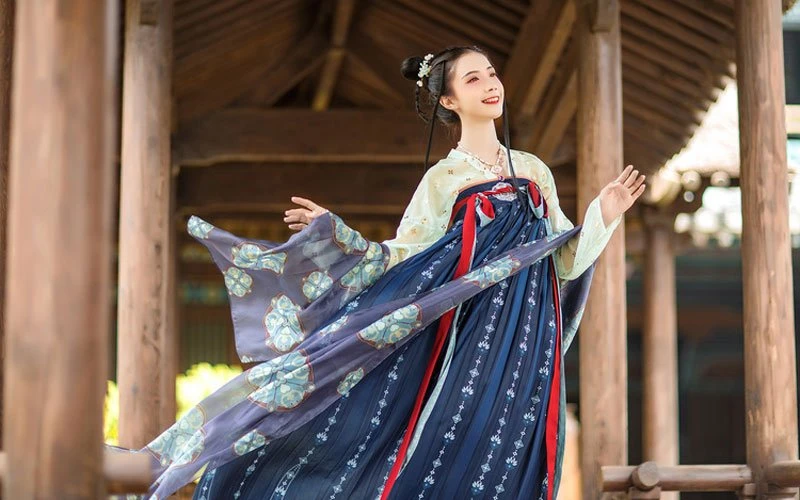


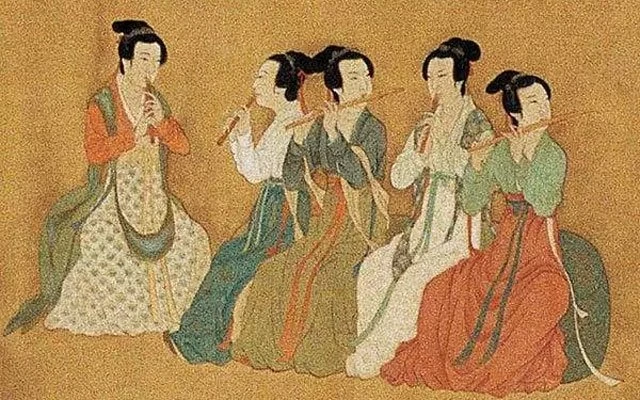
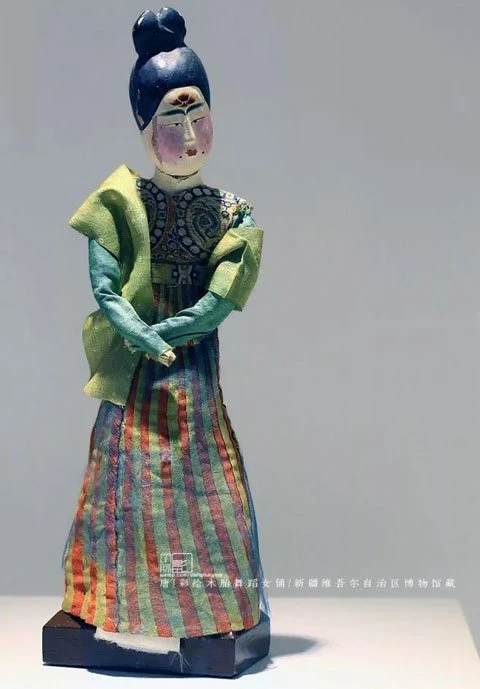
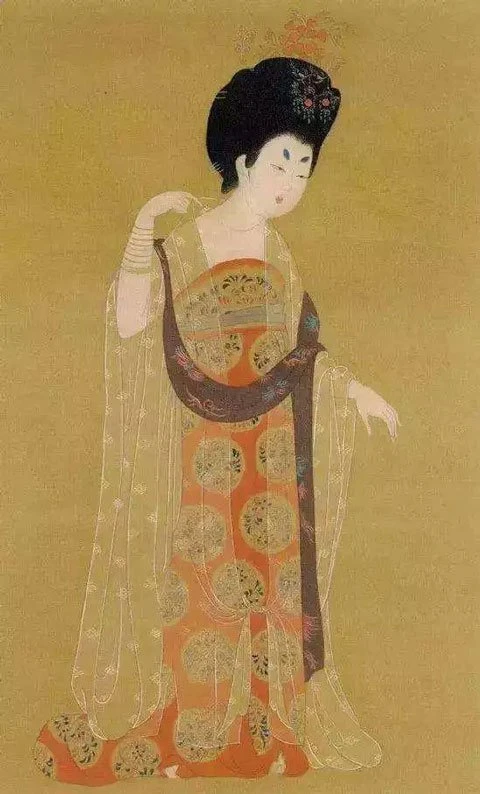


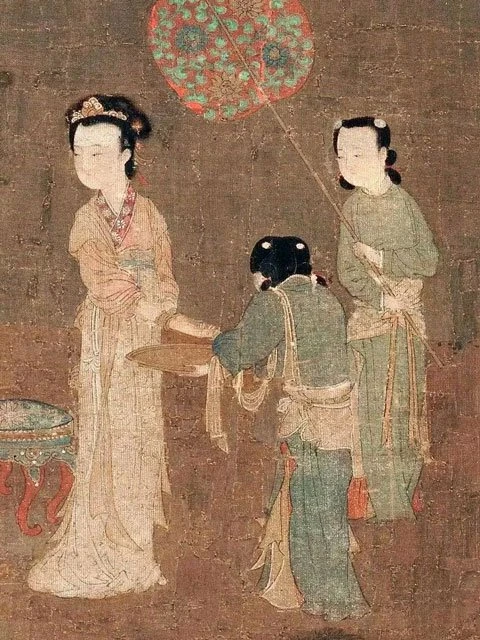




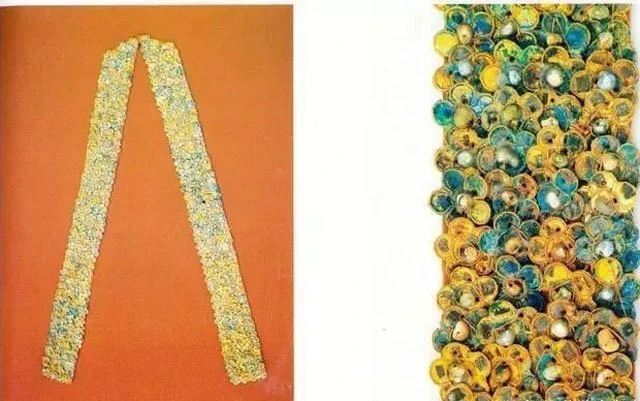




A classic hanfu accessory ❤️❤️❤️
Ohoho, an interesting journey it went through!
wow this was interesting!